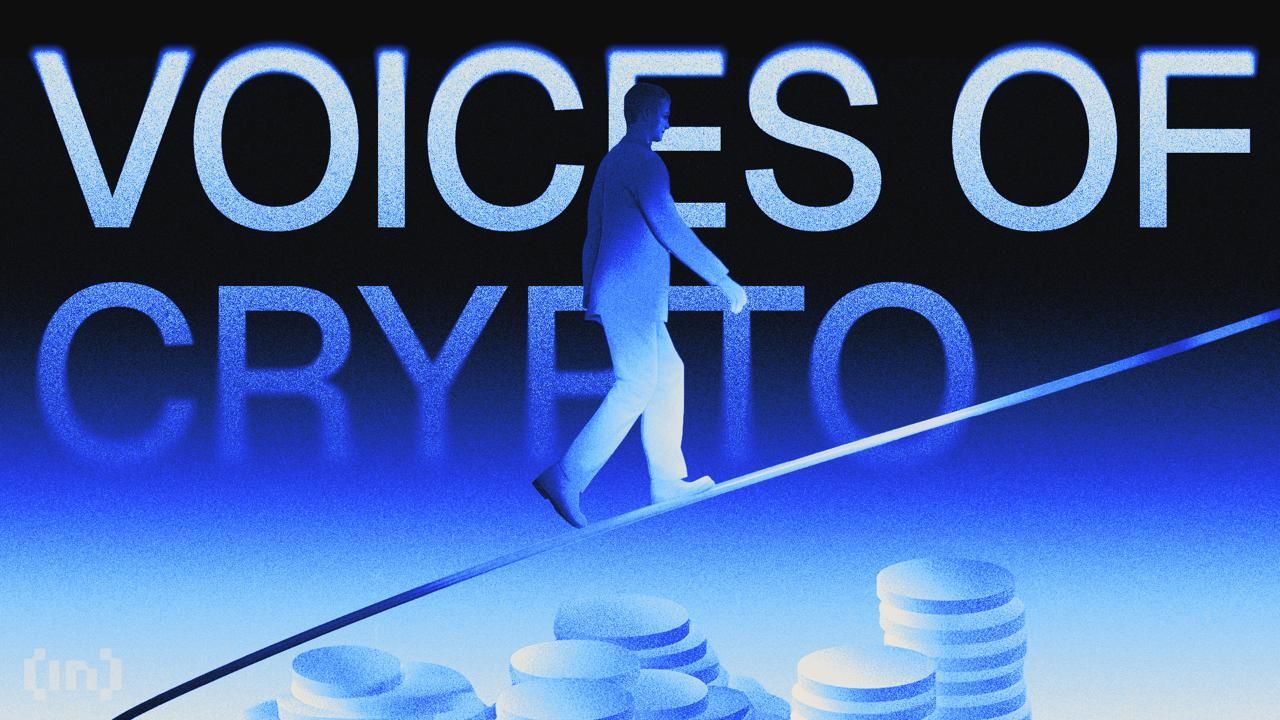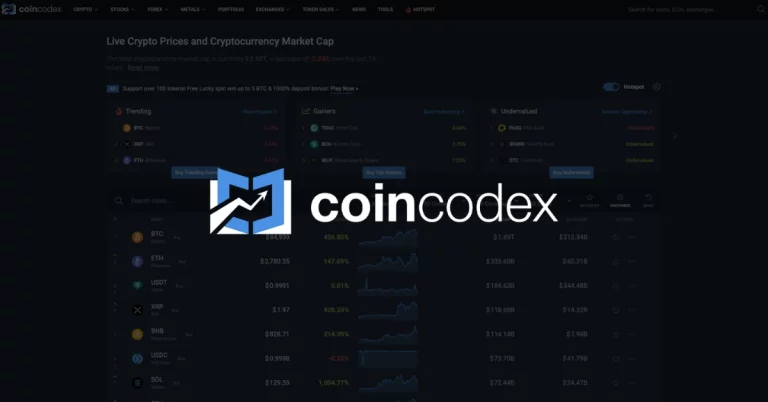
TradFi and Tokenization: A Transformational Financial Era
The intersection of traditional finance (TradFi) and blockchain technology is creating a seismic shift in how assets are managed, traded, and accessed. The promise of tokenized real-world assets (RWA) is clear: unlocking global capital worth trillions, enabling continuous 24/7 trading, and eliminating delays in settlement common to legacy financial systems. But while the allure is undeniable, the journey forward demands careful architecture and collaboration.
What Is Tokenization in TradFi?
Tokenization is more than just applying blockchain to traditional assets; it’s the foundation for a programmable economy. The concept revolves around converting tangible or intangible real-world assets like real estate, bonds, or commodities into tradable digital tokens on a blockchain. With key players such as BlackRock and Robinhood entering the space, the movement signifies a critical evolution in capital markets.
However, current efforts remain largely experimental. As Arthur Firstov, CBO of Mercuryo, notes, “While tokenization proofs-of-concept (PoCs) are valuable milestones, they are self-contained ecosystems with limited real-world interoperability. The operational rails, such as settlement, custody, and compliance, still heavily depend on traditional systems.”
The Challenges: Beyond Regulatory Roadblocks
While regulatory frameworks such as the EU’s MiCA regulation and Germany’s eWpG aim to provide a legal foundation for tokenized assets, the bigger challenge lies in system architecture. Traditional financial systems rely on slow, centralized processes like batch processing and manual approvals. On the other hand, blockchain promises real-time execution and programmability.
To navigate this divide, as emphasized by Patrick Murphy, Managing Director at Eightcap, “The focus isn’t just on rewriting rules but on adapting existing compliance frameworks to integrate seamlessly with this new technology. The industry must embrace automated tools, such as blockchain analytics and KYC solutions, to maintain compliance at scale.”
Why TradFi Needs Programmable Finance
The true potential of tokenization lies in programmability—leveraging blockchain’s real-time logic for custody, compliance, and settlement tasks. Until systems adopt automated frameworks, TradFi risks limiting tokenization to a pilot phase. According to Arthur Firstov, “Tokenization alone doesn’t solve for speed, composability, or automation. These can only be achieved by integrating programmable custody and automated compliance frameworks.”
Moreover, secure entry points for institutional capital are essential for scaling. Vugar, COO of Bitget, states, “For TradFi to confidently move billions in tokenized assets, infrastructure must be secure, compliant, and seamlessly operational from day one.”
New Opportunities for Retail and Institutional Investors
Tokenization is democratizing access to historically exclusive asset classes:
- Institutional Investors: Gain liquidity and the ability to diversify portfolios dynamically. Fractional ownership also minimizes concentration risks while introducing efficiency in entry and exit strategies.
- Retail Investors: Access high-value assets like real estate and corporate debt through fractionalized tokens, breaking down long-standing barriers to premium markets.
However, tokenized structures introduce new risks, such as custody issues and secondary market illiquidity. Retail participants, unfamiliar with the intricacies of blockchain, must also address steep learning curves.
Private Chains vs. Public Infrastructure
As financial institutions experiment with private, permissioned blockchains, this controlled environment functions as a testing ground. Arthur Firstov explains, “Private chains offer a safe, regulatory sandbox where institutions can gain operational confidence. But in the long term, they must bridge to public blockchains like Ethereum to unlock true liquidity and composability.”
Leveraging public infrastructure ensures tokenized assets achieve their full potential by facilitating global participation, deep liquidity, and transparency—values central to the blockchain ethos.
The Future: Bridging TradFi and DeFi
The winning architecture in tokenization will blend the strict governance requirements of TradFi with DeFi’s programmability. By integrating advanced technologies, such as smart contract wallets and policy-compliant frameworks, the industry can create a seamless, transparent ecosystem. Companies like Chainlink and Citibank’s Regulated Liability Network are already paving the way with interoperability pilots that connect traditional infrastructure with blockchain systems.
Ultimately, confidence is the cornerstone—confidence in blockchain’s security for financial institutions and in TradFi’s participation by the crypto-native community. The road ahead requires minimizing friction and maximizing trust to build a truly global, tokenized financial future.
Recommended Product: Ledger Nano X
As financial systems evolve, securing your digital assets is more important than ever. The Ledger Nano X is a cutting-edge hardware wallet tailor-made for securely managing cryptocurrencies and tokenized assets. Its Bluetooth connectivity and robust security features make it essential for anyone navigating the tokenized finance ecosystem.



